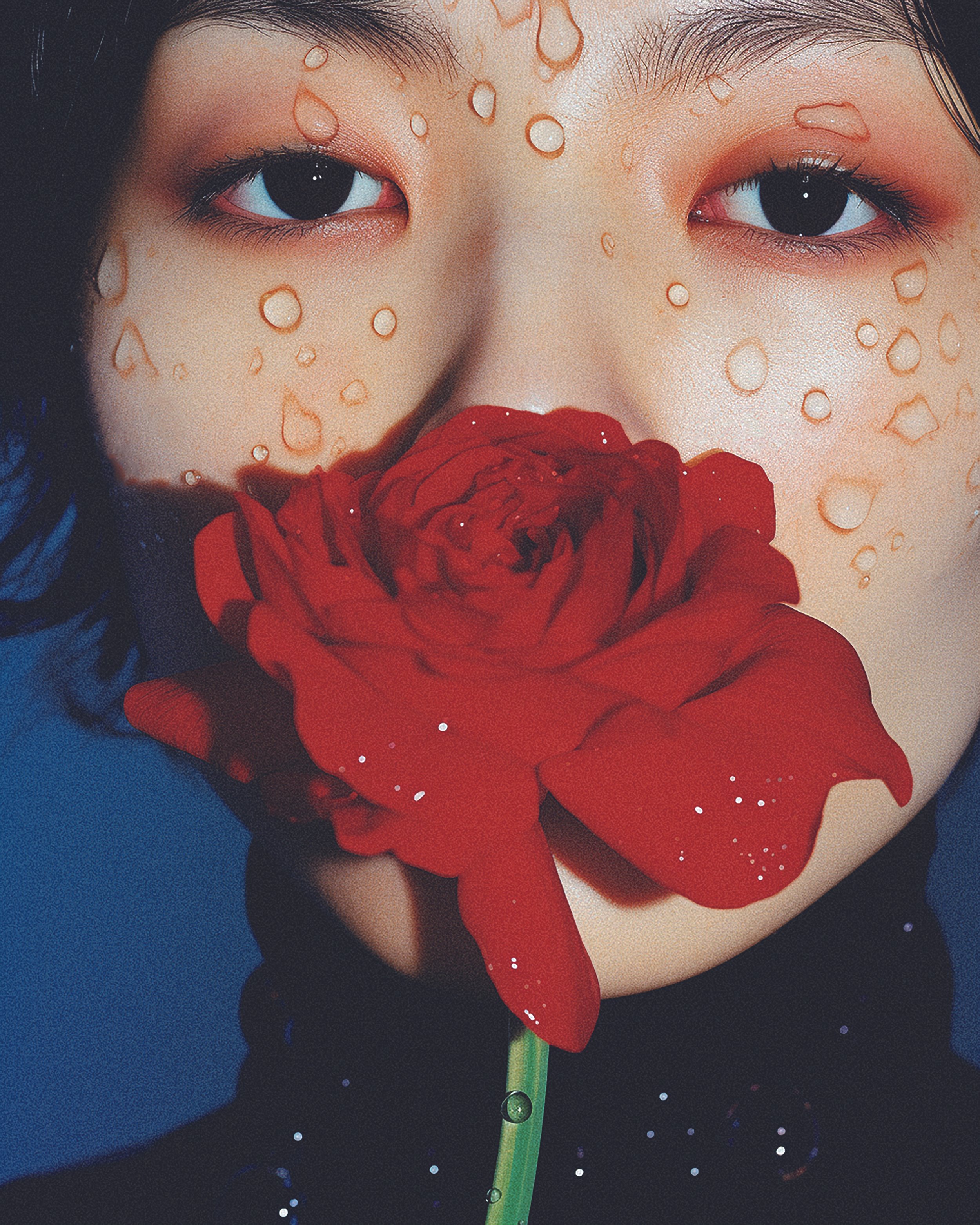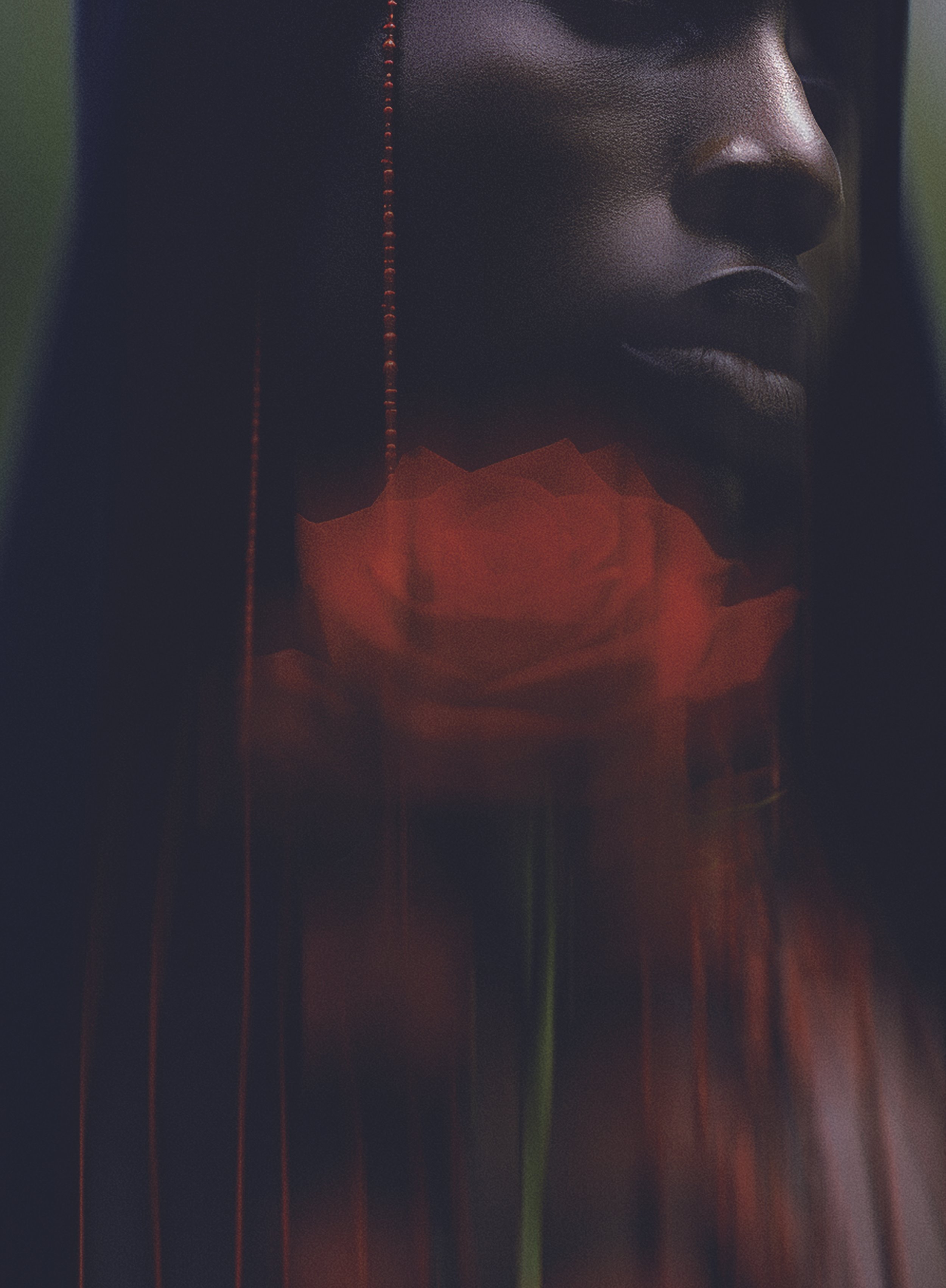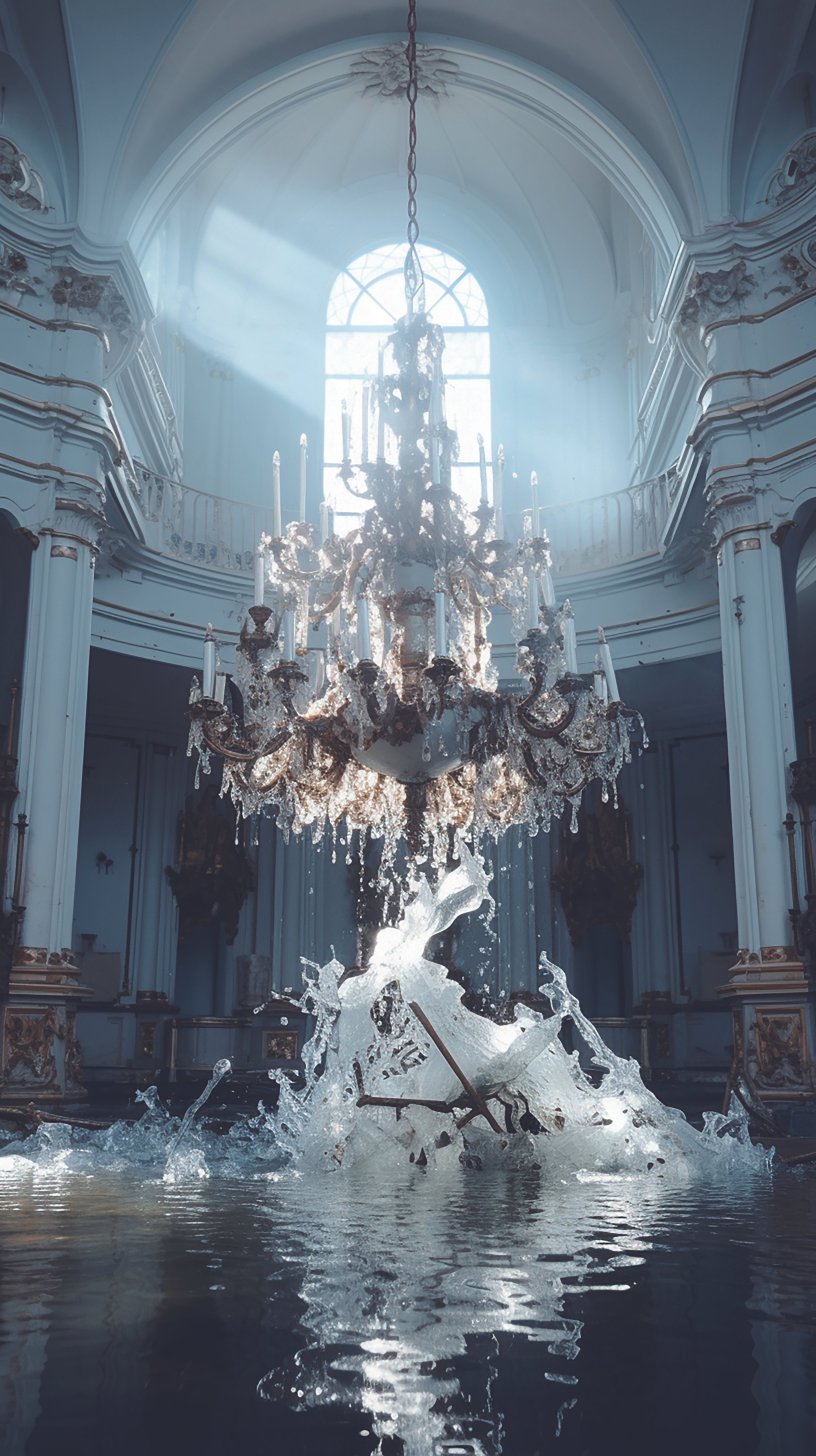Vol.185_Filip Fredrik Haglund
Filip Fredrik Haglund
Interviewed by Yoo Youngjae
From London, United Kingdom
-
작품들의 색감과 톤이 차가워요. 어떤 의도가 있는 건가요?
스칸디나비안의 유산이라고 생각해요, 발틱 해의 회색 빛들과 어두운 얼음에 반사 된 겨울 해의 푸른 빛 같은 것들. 항상 타르코프스키의 영화 속 다양한 푸른 빛을 동경했어요, 그냥 쓸 수 있는 필름을 써야하는 필요에 의해 발생한 것이지만 결과물은 매우 시적이죠.
Your works look cold in colorways and tone. Is it intended to mean something?
I think it probably references back to my Scandinavian heritage, the grey shades of the Baltic Sea and the blue light of the winter sun reflected off the dark ice. I always admired the different shades of blue in the film stock used by Tarkovsky, which might have been born out of necessity, using whatever film stock he could get, but the result is very poetic.
작품 대부분이 기괴하거나 폭력적인 요소 없이도 굉장히 강력하고, 강렬하고, 압도적이에요. 힘은 무엇으로부터 온다고 생각하죠?
제 초기 작품들은 주제나 진행 면에서 더 공격적이었어요. 하지만 그런 창작 방식은 너무 일차원적이고 직접적이라는 위험이 있다는 걸 깨달았죠. 정말 흥미로운 것은 관람자와 소통을 만들어 내는 거예요, 그때 아름다우면서도 동시에 잔인하고 압도적일 수 있다면, 그게 바로 긴장감이 탄생하는 순간이죠. 기괴해지지 않으면서 기괴함을 암시하는 것이 핵심이에요.
Most of your works are quite strong, powerful and overwhelming without grotesque or violent things. What do you think the power comes from?
I think that a lot of my earlier works were more provocative for the sake of being provocative in terms
of execution and subject matter, but I found that creating work that way, you run the risk of being too
linear and too direct. What is interesting is the dialogue you create with the viewer, so if something can be
brutal and overpowering yet beautiful at the same time, that is the moment when tension is created. It is all about implying grotesqueness without being grotesque.
당신은 구성의 달인 같아요. 구성에 있어서 당신이 꼭 지키는 특별한 규칙이 있나요?
언제나 극적이어야해요, 서로 다른 요소들의 갈등이나 이야기를 들려주는 서사가 구성을 살아있게 만들죠. 배색, 유기체와 무기체의 만남, 자연 요소와 대립하는 배우 등 요소들 간의 대조나 보완을 갖고 작업하는 것을 좋아해요. 큰 바위들에 부딪혀 부서지는 파도를 보는 것은 영원히 질리지 않을 거예요.
You seem to be a master of compositions. Is there any specific rule you keep in composition?
There always needs to be drama, a conflict between different elements or narratives that tells a story and that drives the composition to become alive. I like to work with contrasting or complementary elements, blocks of colours, the organic meets the static, the performer against the elements of nature. Watching waves break against large rock formations will never get old.
작품 속에 물, 바다 혹은 젖어 있는 무언가가 많이 있어요. 액체는 당신에게 어떤 의미인가요?
물은 제게 많은 것을 의미해요. 무엇보다도, 저는 물 속에 있는 걸 좋아해요. 또한 물은 완벽한 적대자예요. 균일하지만 시시각각 변하며, 물은 가장 아름다운 추상을 만들어내요. 적의를 띄면서도 동시에 포용하죠. 제게 바다란 연결성이예요. 제가 찍은 가장 극적인 장면 중 하나를 만들기 위해 우리는 해저 2미터 깊이에 나무를 심었어요. 물 속에 나무를 심는 건 정말 큰 일이었지만, 배우를 앞에 세운 채로 물 속의 나무에 불을 붙이며 아름답게 끝냈어요. 나무에 불 붙이는 것도 놀라우리만치 어려웠다고 말할 수 있겠네요.
There are many images of water, ocean or something wet in your works. What’s liquid mean to you?
Water has many meanings to me. First of all I just love being in the water, it is also the perfect antagonist, it is homogeneous but everchanging, water creates the most beautiful abstractions, it can be hostile and embracing at the same time, and the sea to me is all about connectivity. For one of the more dramatic scenes I’ve ever filmed we mounted a tree 2 meters deep into the seabed, it was a huge undertaking to be able to mount the tree in the water, but it ended up beautifully as we set the tree on fire in the water with a performer in front of it. Also, I can now say that it is surprisingly difficult to set a tree on fire.
당신의 유년 시절에 대해 듣고 싶어요. 당신은 어떤 아이였죠?
내성적이고, 부끄러움 많았지만 연기하는 것을 좋아했어요. 저는 구성원 모두 오페라에 종사하는 가족에서 자랐어요. 누나들은 오페라 가수였고, 어머니는 오페라 감독이었죠. 그래서 언제나 연극이나 뮤지컬보다 큰 무대와 가까웠죠. 10세가 되기 전에 100여편 이상의 오페라를 보았고, 그건 어린 저를 감정적으로 과잉되게 했죠. 하지만 당신은 오늘날 제 작업에 나타난 긍정적 영향만 볼 수 있을 거예요.
I’d like to hear about your childhood. What kind of kid were you?
Intovert, shy, but I loved performing. I grew up in a family where everyone works in opera, both of my sisters were singing opera and my mom was directing opera, so there was always a close proximity to the stage, and larger than life performances. I probably saw over 100 opera shows before turning ten, which might have left me somewhat oversaturated at an early age, but I think you can really see the positive influence it has had on my work today.
어떤 것이 그 꼬마를 예술로 이끌었나요?
선택지가 없었다고 생각해요. 여러 다른 길을 가려고 해봤어요, 고등학교 시절 제 목표는 뭐든 완전히 다른 걸 해보자는 거였지만 예술을 벗어날 수 없었죠. 예술이 계속 저를 끌어 당겼어요, 그리고 제가 정말로 사랑하는 거예요, 창작은.
What led the kid to art?
I don’t think I really had a choice. I tried many different paths. My aim while at high school was to do something completely different, but I couldn’t escape art. It kept dragging me back, and it is what I really love to do, create.
철학, 정치학, 경제학을 공부한 것이 당신의 작품이나 작업 과정에 어떤 영향을 주었을까요?
분석적인 마음가짐과 다양한 주제를 다룰 수 있는 간학문적 능력, 개념을 따라 작업 할 수 있는 기초를 얻었어요. 가장 좋은 예술 작품은 개념과 보여지는 것 사이의 균형을 이룬 것이라고 생각해요. 제 작품의 실재는 매우 감정에 기반하는 것 같지만, 프로젝트를 시작하기 전에 항상 엄청난 양의 조사를 해요.
How did studying Philosophy, Politics and Economics affect your work or work process?
It gave me an analytical mindset, and the interdisciplinary tools to work across many different types of subject matter and disciplines, and the fundament to always create work that is conceptually driven. I think that the best works of art find the balance between concept and execution. I think that the execution of my work is very much driven by emotion, but there is always plenty of research going into the projects before I start them.
당신 작품 전체를 관통하는 주제나 핵심이 있을까요?
정체성, 인간의 조건에 대한 탐구, 무엇이 우리를 인간답게 하는가, 두려움, 고뇌, 그리고 우리가 개체로 존재할 수 있는 희열의 순간들. 사람을 촬영할 때 가장 흥미롭고 아름다운 점은, 그들에게 카메라를 들이댔을 때, 그들의 인생 이야기 전체를 볼 수 있다는 거죠, 그들 삶의 고점과 저점, 한 인간 자체가 완전한 3단 구성 연극이 돼요.
Is there any keyword or theme that’s common or passing through all of your works?
Identity, the exploration of the human condition, what makes us human, the fears, struggles and moments of euphoria that drive us as individuals. The most interesting and beautiful people for me to shoot, when you put a camera in front of them, you can see their full life story, the highs and lows of their lives, one look can become a full three-act play.
장편 영화를 만들어도 정말 좋을 것 같아요. 생각해본 적 있나요?
만들고 있는 작품이 있어요, 계속 지켜봐 주세요. ;)
I thought it would be great if you make a feature film. Have you ever thought about it?
There is a screenplay in the making, stay tuned for more ;)
그저 예술가가 아닌, 인간으로서 당신의 다음 행보는 무엇인가요?
더 배우고, 가까운 관계들에 더 감사하고, 새로운 문화들을 탐구하는 것.
What’s your next step as a human being, not just an artist?
Learn more, appreciate my close relationships more, discover new cultures.
.
.
.
You can check out more images and contents through our magazine!




